In today’s interconnected and globalized world, supply chains play a pivotal role in ensuring the smooth functioning of various industries. However, this complex network of suppliers, manufacturers, distributors, and retailers is vulnerable to a multitude of threats.
These threats can significantly impact businesses, resulting in financial losses, reputational damage, and even potential legal consequences.
Defining the Elements of the Supply Chain Ecosystem

Before delving into the common threats and strategies to mitigate them, let’s first understand the essential elements that constitute the supply chain ecosystem. The supply chain ecosystem refers to the intricate network of activities, processes, organizations, and resources involved in the production, distribution, and delivery of goods and services from the point of origin to the end consumers.
Here are the key elements that make up the supply chain ecosystem:
Suppliers
Suppliers are the foundation of the supply chain ecosystem. They provide the raw materials, components, or finished goods necessary for production.
Suppliers can be local or international, and their reliability, quality of products, and adherence to delivery schedules significantly impact the overall efficiency of the supply chain.
Manufacturers
Manufacturers take the inputs provided by suppliers and transform them into finished goods or intermediate products. They play a crucial role in ensuring product quality, consistency, and meeting demand fluctuations.
Manufacturers may also engage in their own supply chains for sourcing raw materials or components.
Distributors and Wholesalers
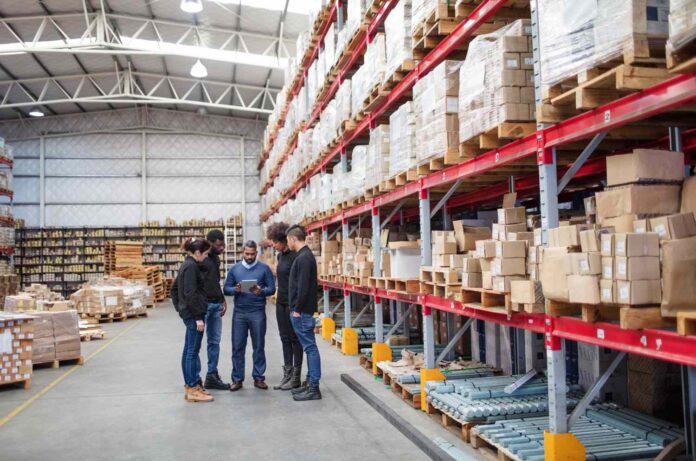
Distributors and wholesalers act as intermediaries between manufacturers and retailers or end consumers. They buy products in bulk from manufacturers and sell them in smaller quantities to retailers.
These entities help bridge the gap between production centers and the final market, ensuring a steady flow of goods to meet consumer demand.
Retailers
Retailers are the direct sellers of products to consumers. They operate physical stores, online platforms, or a combination of both.
Retailers play a critical role in the supply chain as they interact directly with customers, making their marketing strategies, inventory management, and customer service vital components of the ecosystem.
Logistics and Transportation
Logistics and transportation are responsible for moving goods from one point to another within the supply chain. This includes the transportation of raw materials to manufacturing facilities, finished products to distribution centers, and the final delivery to retailers or end consumers.
Efficient logistics ensure timely delivery, reduced costs, and minimized risks of damage or loss during transit.
Inventory Management

Inventory management involves the strategic control of stock levels throughout the supply chain. This includes maintaining appropriate stock levels to meet demand, preventing stockouts, and minimizing excess inventory to optimize costs.
Effective inventory management ensures that products are available when and where they are needed, minimizing disruptions.
Information Technology and Data Management
Information technology plays a crucial role in modern supply chains. It enables seamless communication and data exchange between different elements of the ecosystem.
Data management and analytics allow companies to gain insights into supply chain performance, identify areas for improvement, and make data-driven decisions.
Customers
Customers are at the heart of the supply chain ecosystem. Their preferences, demands, and buying behavior drive the entire supply chain process.
Understanding customer needs and expectations is essential for effective supply chain management and ensuring customer satisfaction.
Identifying, Preventing, & Resolving Potential Threats

Now let’s shed light on some of the common threats within the supply chain ecosystem and explore effective strategies to eliminate or reduce them.
Problem: Counterfeit Products and Component Tampering
One of the most prevalent threats in the supply chain is the presence of counterfeit products and the tampering of critical components. Counterfeit goods can lead to serious safety risks and negatively affect a company’s reputation. Industries that are particularly susceptible to counterfeiting include electronics, pharmaceuticals, and automotive.
To address this concern, businesses should implement strict verification procedures, adopt advanced authentication technologies, and collaborate closely with trusted suppliers.
Solution: Blockchain Technology for Supply Chain Transparency
Blockchain technology can significantly enhance supply chain transparency and mitigate the risks associated with counterfeit products. By creating an immutable and decentralized ledger, blockchain enables all participants in the supply chain to record and verify transactions.
This ensures that the origin of products can be traced and verified at each step of the supply chain. Several companies have already adopted blockchain solutions to combat counterfeiting, providing customers with peace of mind about the authenticity and safety of their purchases.
Problem: Cybersecurity Breaches
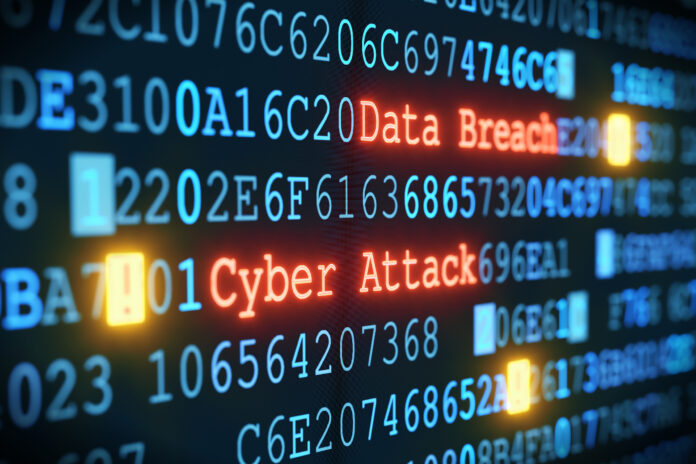
In the digital age, cybersecurity breaches pose a significant risk to supply chains. Hackers can exploit vulnerabilities in supplier networks, gain unauthorized access to sensitive information, or disrupt operations.
The consequences of such breaches can be severe, ranging from financial losses and customer data breaches to production disruptions and delivery delays.
Solution: Robust Cybersecurity Protocols and Employee Training
To combat cyber threats, companies should enforce robust cybersecurity protocols. This includes implementing strong encryption, multi-factor authentication, regular security audits, and intrusion detection systems.
Additionally, fostering a culture of awareness and providing cybersecurity training to employees can be instrumental in strengthening the entire supply chain ecosystem. By making employees aware of potential risks and best practices for data protection, businesses can create an additional layer of defense against cyber threats.
Problem: Supplier Reliability and Financial Risks

Relying on a single supplier or source can expose businesses to supplier reliability and financial risks. Disruptions caused by natural disasters, political instability, or financial issues with a key supplier can have cascading effects on the entire supply chain.
To mitigate such risks, companies should diversify their supplier base and conduct thorough assessments of suppliers’ financial health and production capabilities.
Solution: Supply Chain Resilience and Risk Assessment
Building supply chain resilience requires a proactive approach to risk assessment and management. Companies should analyze potential risks within their supply chains and develop contingency plans to address disruptions.
This may involve identifying alternative suppliers, establishing safety stock levels, and regularly evaluating suppliers’ financial stability. Collaborating with industry peers and participating in supply chain risk-sharing initiatives can also provide additional layers of protection.
Problem: Transportation and Logistics Vulnerabilities
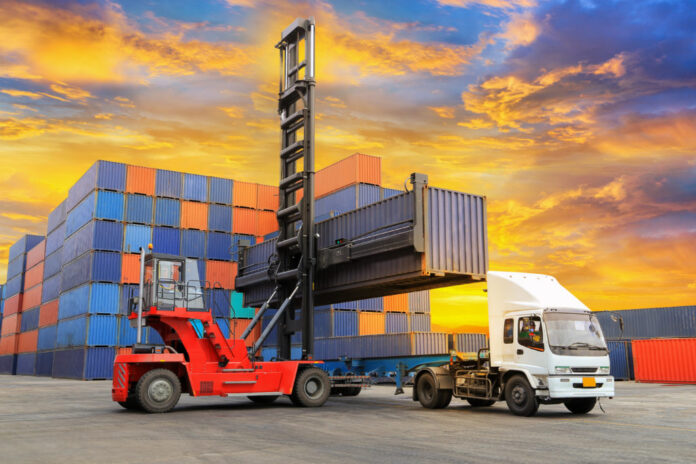
Transportation and logistics are critical aspects of the supply chain, but they are also vulnerable to various threats, such as theft, accidents, and delays. Transportation interruptions can lead to missed delivery deadlines, increased costs, and dissatisfied customers.
Solution: Real-Time Tracking and Supply Chain Visibility
Employing real-time tracking technologies and GPS systems can enhance visibility and allow companies to proactively address potential transportation issues. With real-time data on the movement of goods, companies can respond quickly to delays, reroute shipments when necessary, and provide accurate delivery estimates to customers.
Furthermore, fostering strong relationships with reputable transportation partners and implementing strict security measures can further safeguard the supply chain during transit.
Problem: Regulatory and Compliance Challenges
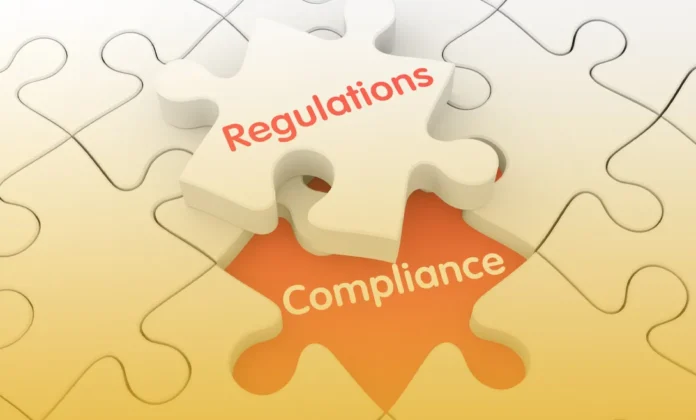
Navigating through a complex web of international regulations and compliance requirements can be overwhelming for supply chain stakeholders. Non-compliance can lead to hefty fines and legal repercussions, tarnishing a company’s reputation and disrupting business operations.
Solution: Supply Chain Management Systems and Legal Expertise
To overcome these challenges, companies must stay up-to-date with relevant regulations and invest in supply chain monitoring tools that automate compliance checks. These systems can help streamline processes, maintain accurate records, and ensure adherence to legal requirements.
Engaging legal experts and consultants with expertise in international trade and compliance can also provide valuable guidance on ensuring adherence to all necessary requirements and avoiding potential legal pitfalls.
Conclusion
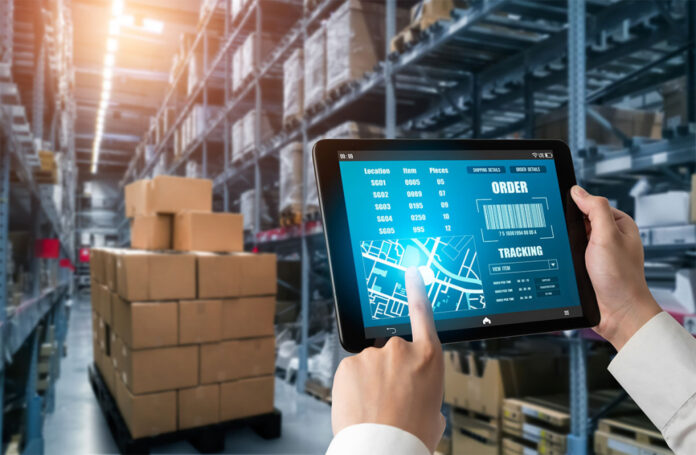
The supply chain ecosystem is a vital component of modern businesses, but it is susceptible to various threats that can disrupt operations and damage reputations.
By acknowledging the common threats and implementing proactive measures such as blockchain technology for transparency, robust cybersecurity protocols, supplier diversification, real-time tracking systems, and compliance automation, companies can create a secure and resilient supply chain ecosystem.
Eliminating or reducing these threats will not only safeguard businesses but also foster trust and reliability within the industry, leading to sustainable growth and success in the long run.
Embracing innovation, collaboration, and continuous improvement will be key to maintaining a robust supply chain that withstands the challenges of the dynamic business landscape.









